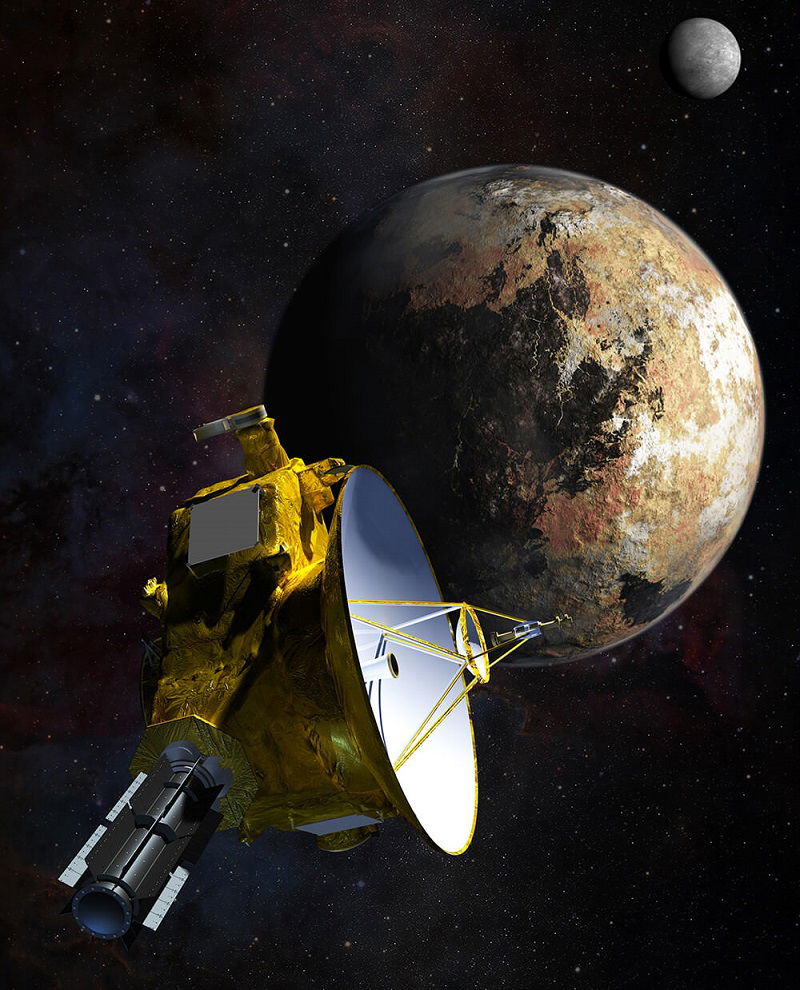Joint research involving satellites from the European Space Agency (ESA) and NASA have uncovered extreme thinning occurring across the Greenland Ice Sheet.
Using the CryoSat-2 and ICESat-2 satellites, scientists have provided the first measurements of how the thickness of the Greenland Ice Sheet has changed over 13 years from 2010 to 2023.
Published in Geophysical Research Letters, data from the satellites shows the ice sheet thinned by an average of 1.2 metres.
However, across the edges of the ice sheet, the thinning was over five times larger, averaging 6.4 metres.
The outlet glaciers had the most extreme thinning with Sermeq Kujalleq in west central Greenland thinning up to 67 meters at the peak. The peak thinning was 75 metres at Zachariae Isstrøm in the northeast.
“As ice sheet mass loss is a key contributor to global sea level rise, this is incredibly useful for the scientific community and policymakers,” says lead author Nitin Ravinder, a researcher at the UK Centre for Polar Observation and Modelling.
To collect the data, NASA’s ICESat-2 used a laser system whereas ESA’s CryoSat-2 used radar.
Across the 13 years, the combined data showed the Greenland Ice Sheet shrank by 2,347 cubic kilometres.
The ice sheet lost more than 400 cubic kilometres of volume each year in 2012 and 2019 when summer temperatures were exceedingly hot.
The Greenland and Antarctic Ice Sheets contain more than 99% of Earth’s freshwater ice.
In April 2024, data published in Earth System Science Data showed a fivefold increase in ice melt since the 1990s.
If this trend continues, it is predicted by the Intergovernmental Panel on Climate Change that sea levels could rise by an average of 148-272 millimetres.
“This collaboration represents an exciting step forward, not just in terms of technology but in how we can better serve scientists and policymakers who rely on our data to understand and mitigate climate impacts,” says Tommaso Parrinello, manager of the CryoSat mission.
The fragile Greenland ice sheet
Recent research has shown that melting ice from Greenland and the Arctic that flows into the ocean also weakens ocean circulation.
It is predicted that if this weakening continues due to more melting ice, it will drastically affect the weather and ecosystems, leading to harsher winters in Europe and warmer and wetter summers in Australia.
“Understanding the similarities and differences between radar and lidar ice sheet height measurements allows us to fully exploit the complementary nature of those satellite missions,” says Thorsten Markus, a project scientist for the ICESat-2 mission.
ULTRAMARINE:
Do you care about the oceans? Are you interested in scientific developments that affect them? Then our free email newsletter Ultramarine is for you. Click here to become a subscriber.
“It is great to see that the data from ‘sister missions’ are providing a consistent picture of the changes going on in Greenland.”









Leave a Comment